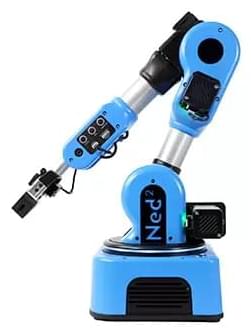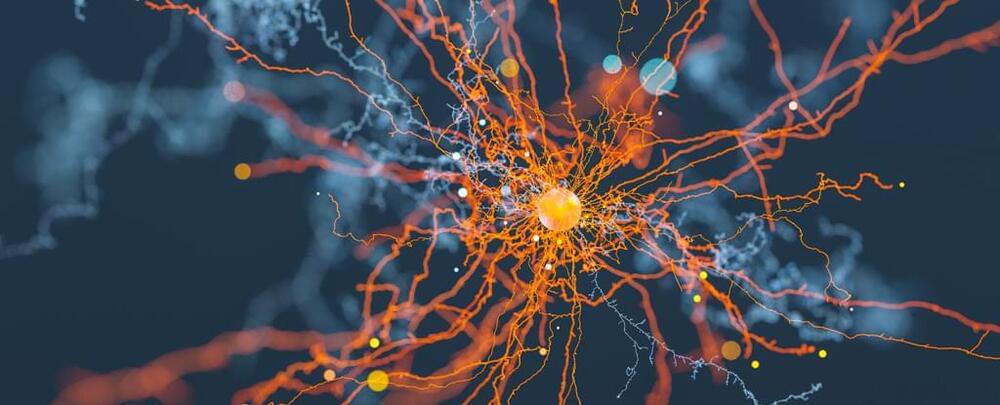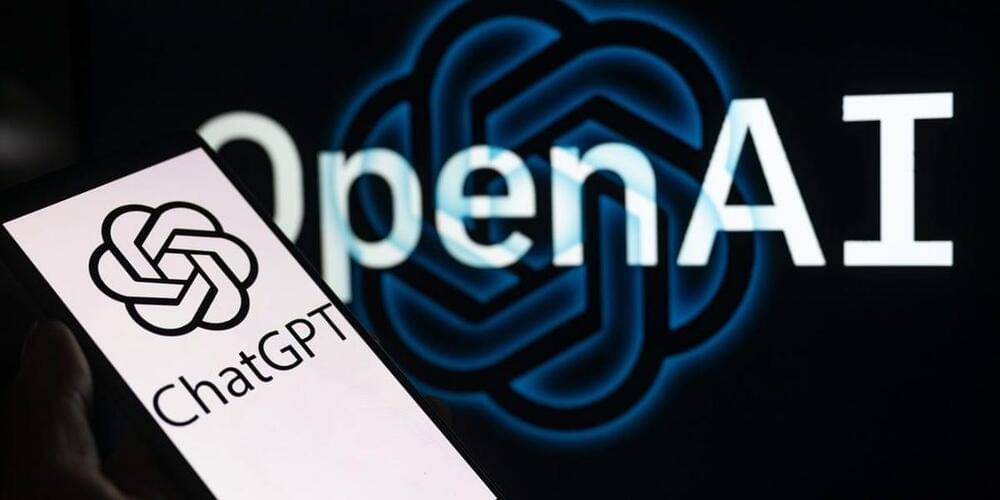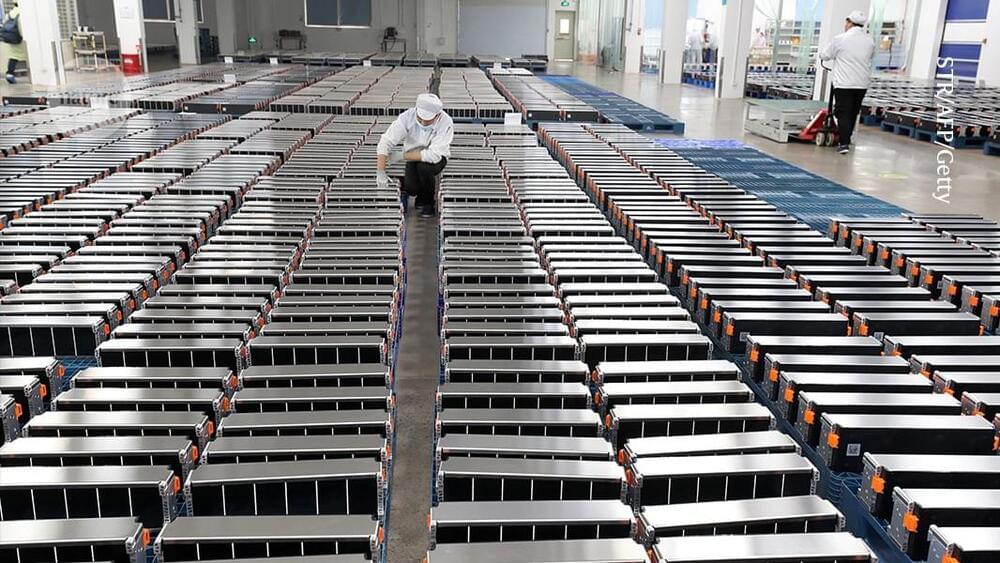The Ned2 6-axis robot is an easy-to-handle cobot. It is designed for education, research and development. Automate tasks.



To keep our bodies properly oriented, our brains perform impressive feats of calculation that track our stumbling meat sack through a mental map of our surrounds.
While a lot of research has focussed on the mapping, little has managed to determine how our neurological wiring monitors our direction within it.
A team of researchers from the University of Birmingham in the UK and the Ludwig Maximilian University of Munich in Germany has identified signature brain activity that describes a kind of ‘neural compass’ in the hope of understanding how we find our way through the world.



Two OpenAI employees who worked on safety and governance recently resigned from the company behind ChatGPT.
Daniel Kokotajlo left last month and William Saunders departed OpenAI in February. The timing of their departures was confirmed by two people familiar with the situation. The people asked to remain anonymous in order to discuss the departures, but their identities are known to Business Insider.
Ever wonder what happens when you fall into a black hole? Now, thanks to a new, immersive visualization produced on a NASA supercomputer, viewers can plunge into the event horizon, a black hole’s point of no return.
In this visualization of a flight toward a supermassive black hole, labels highlight many of the fascinating features produced by the effects of general relativity along the way. Produced on a NASA supercomputer, the simulation tracks a camera as it approaches, briefly orbits, and then crosses the event horizon — the point of no return — of a monster black hole much like the one at the center of our galaxy. (Video: NASA’s Goddard Space Flight Center/J. Schnittman and B. Powell)
“People often ask about this, and simulating these difficult-to-imagine processes helps me connect the mathematics of relativity to actual consequences in the real universe,” said Jeremy Schnittman, an astrophysicist at NASA’s Goddard Space Flight Center in Greenbelt, Maryland, who created the visualizations. “So I simulated two different scenarios, one where a camera — a stand-in for a daring astronaut — just misses the event horizon and slingshots back out, and one where it crosses the boundary, sealing its fate.”

Perovskites are among the most researched topics in materials science. Recently, a research team led by Prof. LOH Kian Ping, Chair Professor of Materials Physics and Chemistry and Global STEM Professor of the Department of Applied Physics of The Hong Kong Polytechnic University (PolyU), Dr Kathy LENG, Assistant Professor of the same department, together with Dr Hwa Seob CHOI, Postdoctoral Research Fellow and the first author of the research paper, has solved an age-old challenge to synthesise all-organic two-dimensional perovskites, extending the field into the exciting realm of materials. This breakthrough opens up a new field of 2D all-organic perovskites, which holds promise for both fundamental science and potential applications.
This research was published in the journal Science (“Molecularly thin, two-dimensional all-organic perovskites”).
Perovskites are named after their structural resemblance to the mineral calcium titanate perovskite, and are well known for their fascinating properties that can be applied in wide-ranging fields such as solar cells, lighting and catalysis. With a fundamental chemical formula of ABX 3, perovskites possess the ability to be finely tuned by adjusting the A and B cations as well as the X anion, paving the way for the development of high-performance materials.
Go to https://brilliant.org/IsaacArthur/ to get a 30-day free trial and 20% off their annual subscription.
We often look out into the galaxy and wonder where all the civilizations are, but could it be that we don’t see them because they have all chosen to exist in fortress star systems, surrounded by despoiled deserts of their own making?
Join this channel to get access to perks:
/ @isaacarthursfia.
Visit our Website: http://www.isaacarthur.net.
Join Nebula: https://go.nebula.tv/isaacarthur.
Support us on Patreon: / isaacarthur.
Support us on Subscribestar: https://www.subscribestar.com/isaac-a…
Facebook Group: / 1583992725237264
Reddit: / isaacarthur.
Twitter: / isaac_a_arthur on Twitter and RT our future content.
SFIA Discord Server: / discord.
Credits:
The Fermi Paradox: Interdiction.
Episode 446; May 9, 2024
Produced \& Narrated by: Isaac Arthur.
Written by: Isaac Arthur \& Mark Warburton.
Graphics:
LegionTech Studios.
Sergio Botero.
Udo Schroeter.
YD Visual.
Music Courtesy of:
Epidemic Sound http://epidemicsound.com/creator.
Stellardrone, \
Bug Byte puzzle here — https://bit.ly/4bnlcb9 — and apply to Jane Street programs here — https://bit.ly/3JdtFBZ (episode sponsor). More info in full description below ↓↓↓
A new paper suggests diminishing returns from larger and larger generative AI models. Dr Mike Pound discusses.
The Paper (No \
